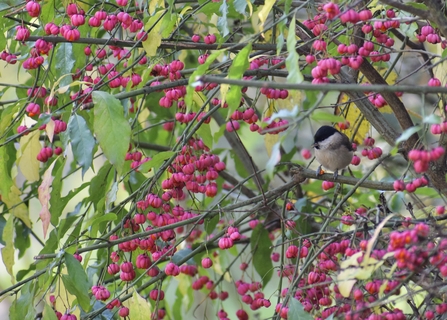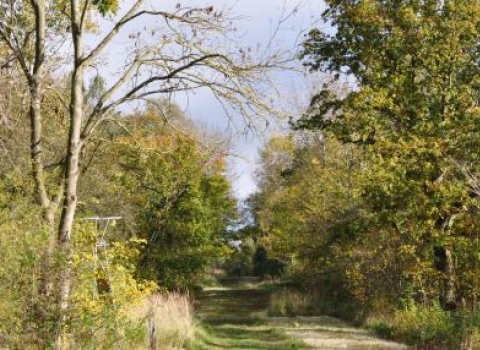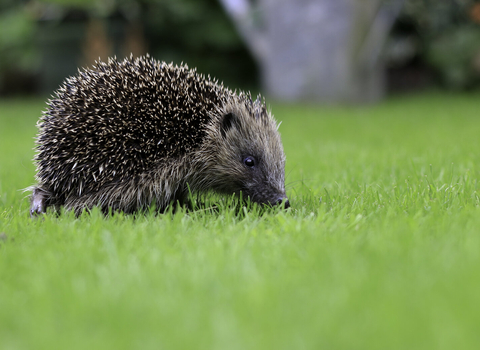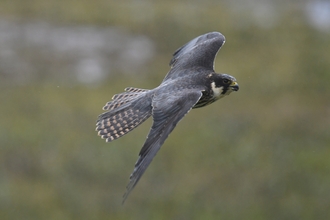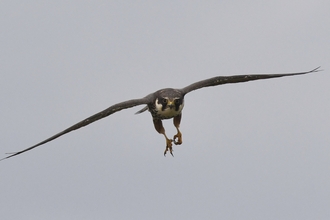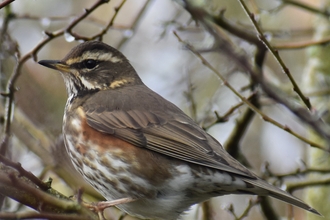Autumn in the woods
A walk around the wonderful Brampton Wood reminded me how lucky we are to have these amazing wild spaces to enjoy on our doorstep. The autumn sunshine was giving rays of hope as it illuminated the leaves' magnificent golden hues, bountiful fruits were displayed on many trees and the cacophony of birdsong was just magical. The jays were the star performers, sounding like angry parrots, they made a right racket as they squabbled with each other and squirrels for the countless acorns! Both species will take the acorns and bury them in secret stashes around the wood. They will of course forget where they left some, which in turn will ensure the growth of young oak trees within the woodland and beyond.
Another beautiful native tree is the spindle – Euyonemus euraceas - and at this time of year is stunning with its pink/ orange fruits. It's a really good plant for wildlife, and I enjoyed watching a marsh tit hanging about picking at the orange seeds of one of the trees near the entrance path. Listen out for their sneezing ‘pit-choo’ call as you walk around the wood.
The whole experience was truly uplifting and as we get through another lockdown, I felt happy that this incredible place will give many other people the same pleasure in these dark days.


